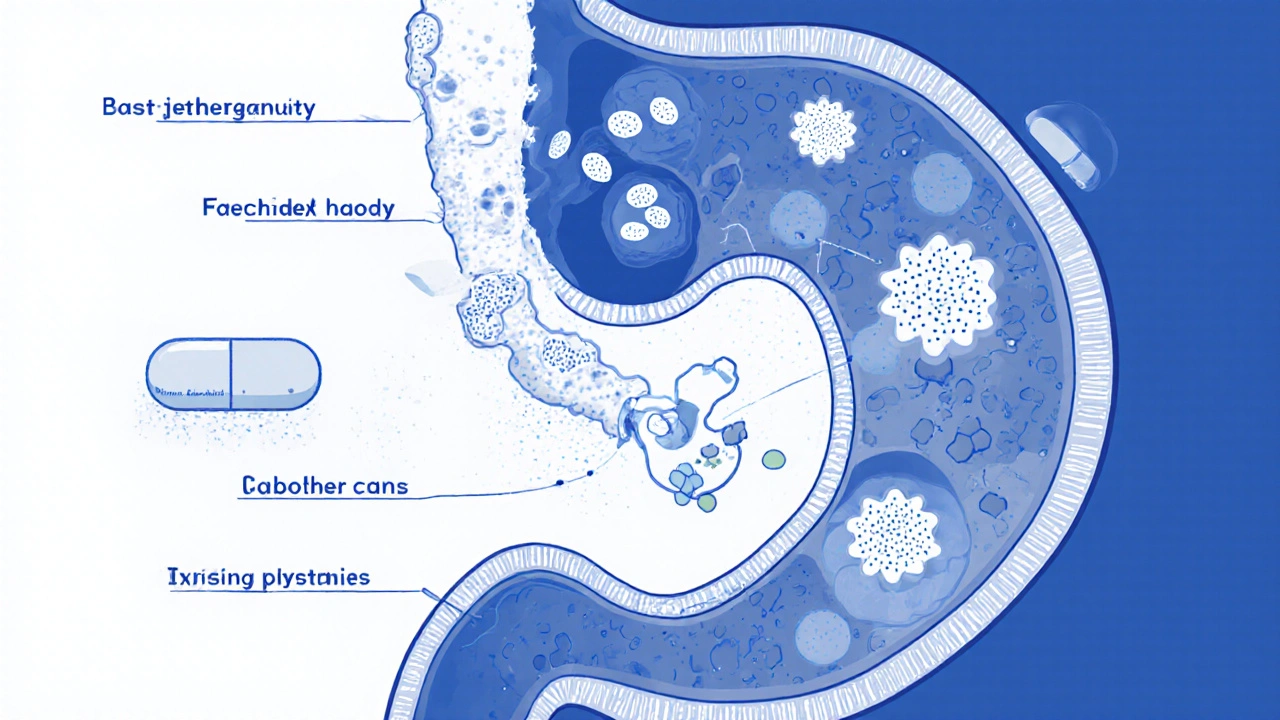Fungal infections are common and irritating, but the right antifungal treatment usually clears them up. Some infections respond to a cream you buy at the drugstore; others need prescription pills and weeks of treatment. Knowing which route to take saves time and stops the problem from coming back.
Start by checking the signs. Athlete’s foot often shows as itchy, scaly skin between toes. Nail fungus makes nails thick, discolored, or crumbly. Vaginal yeast gives itching, burning, and a white discharge. If a rash looks odd, spreads fast, causes fever, or won’t improve after basic care, get a doctor’s opinion—sometimes what looks like a fungus is eczema, psoriasis, or a bacterial infection.
Topical antifungals (creams, sprays, ointments) work well for most skin and vaginal infections. Common active ingredients include clotrimazole, miconazole, and terbinafine. You usually apply them once or twice a day for 1–4 weeks depending on the site and severity. For athlete’s foot, a week or two often does the trick; for jock itch or ringworm, treatment might be a little longer.
Oral antifungals are needed when the infection is deep, widespread, or involves nails. Pills like fluconazole, itraconazole, and oral terbinafine reach the infection through your bloodstream and are more powerful. Nail fungus often requires months of oral therapy—typically 6 weeks for finger nails and 12 weeks or longer for toe nails. Because oral drugs carry more risk (liver effects, drug interactions), doctors may run liver tests and review your medications first.
Finish the full course even if you feel better. Stopping early is the main reason infections come back. Keep the infected area clean and dry—fungi love moisture. Switch to breathable socks, dry feet thoroughly, and use antifungal powder in shoes. Don’t share towels, socks, or nail clippers.
Watch for safety issues: some antifungals interact with blood thinners, certain antidepressants, and heart medicines. Pregnant or breastfeeding? Talk to your provider before using oral or some topical treatments. If OTC creams don’t help after 2 weeks for skin infections, see a clinician. People with diabetes, weakened immune systems, or circulation problems should get earlier medical care.
Home remedies like tea tree oil or vinegar might soothe symptoms but rarely clear established infections. Also, repeated short courses of OTC azoles can encourage resistance—if infections come back, ask for testing and targeted treatment. When in doubt, a quick visit to a clinic can save months of fussing with ineffective products and prevent complications.
Clear, consistent treatment plus simple prevention—dry skin, good footwear, avoid sharing—usually stops fungal problems. If your symptoms are stubborn, widespread, or you have health conditions, get medical advice for the right antifungal treatment plan.

Fluconazole is the standard treatment for candida esophagitis, especially in immunocompromised patients. Learn how it works, proper dosing, what to expect, and how to prevent recurrence.

Find out everything you need to know about Lamisil, from how it works against stubborn fungal infections to tips for safe use. Uncover real stats, side effect management, and lesser-known details about terbinafine—so you don't just treat fungus, but understand it. This article packs practical info, honest advice, and answers to the questions everyone should be asking before starting Lamisil.